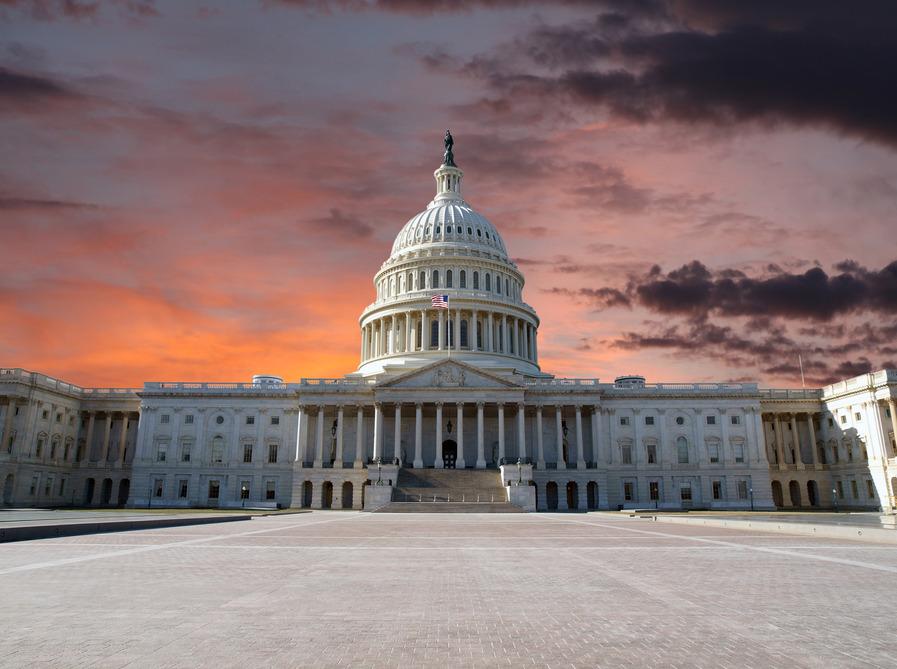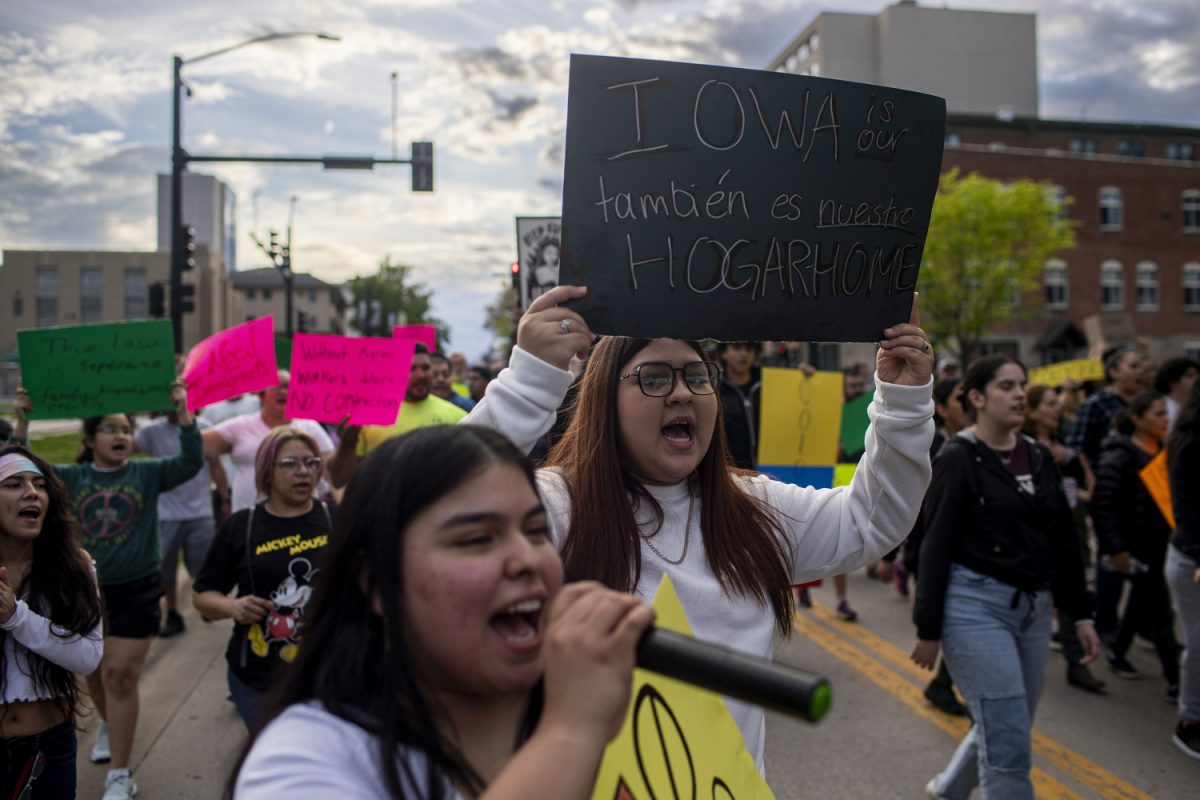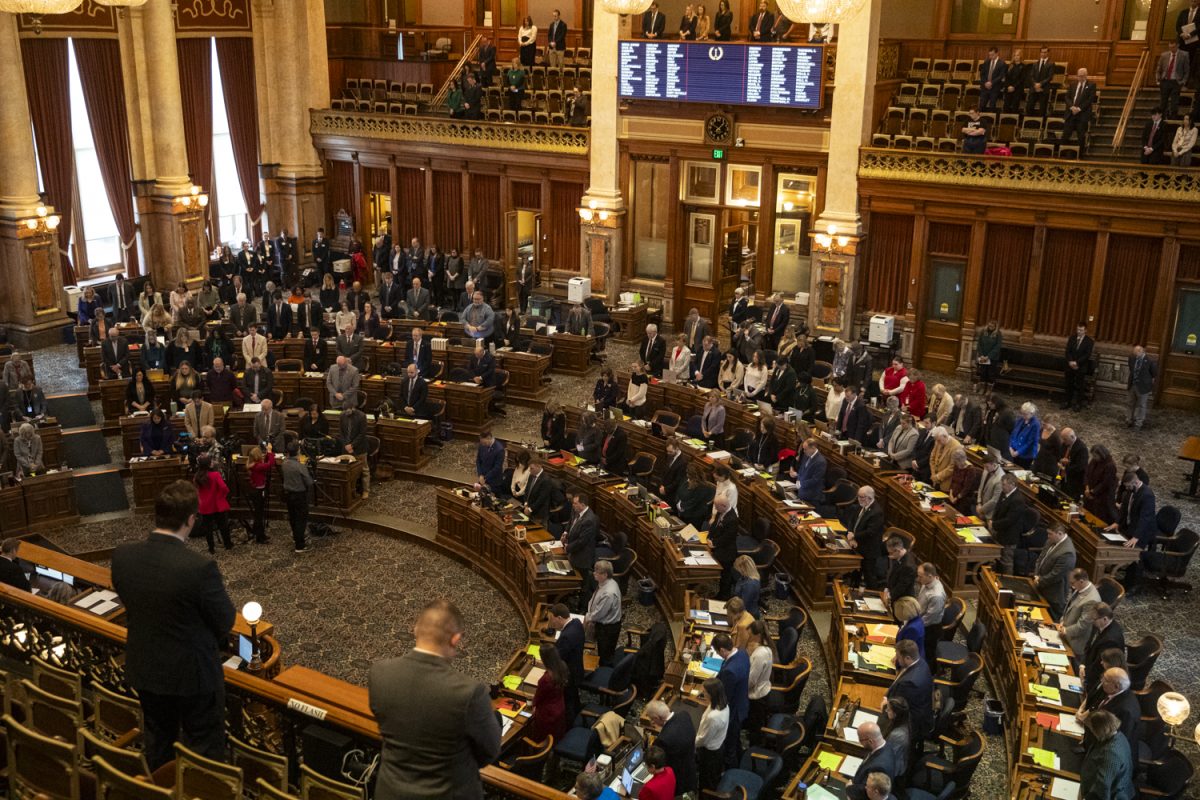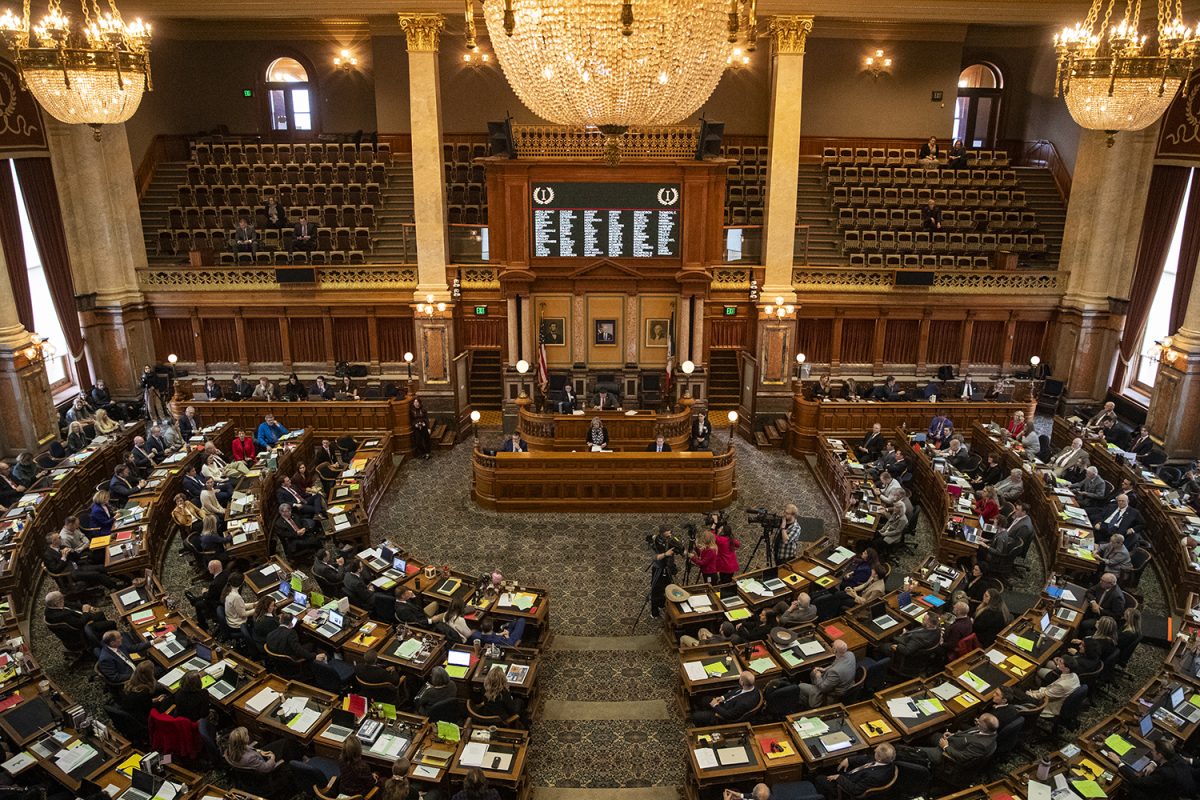The U.S. Congress failed to come to a bipartisan agreement on a stop-gap bill at midnight Jan. 19, which led to an absence of appropriations, also known as a federal government shutdown.
Nonessential government offices will be closed until Congress reaches a compromise and passes a continuing resolution. Government employees still working will not be paid during the shutdown.
The Washington Post has reported a list of government agencies that will be affected by the shutdown, reporting that Congress, federal prisons, airports, and the Postal Service will remain open as of now. The federal courts and the Smithsonian Museums and the National Zoo will stay open until funding runs out.
Military personnel will remain on duty but will not be paid during the shutdown. This includes some University of Iowa students who are currently enlisted.
Sen. Chuck Grassley, R-Iowa, said in a press release, “Shutting down the government forces men and women in uniform to work without pay. It also puts taxpayers on the hook to spend billions of dollars to pay federal workers to sit at home with nothing to show for it.”
Federal student-loan funding and financial aid will not be affected, because federal financial aid has already been disbursed for the 2017-18 school year. Mandatory Pell-Grant funding will also remain the same. According to the Post, 90 percent of staff in the Department of Education will be furloughed, but federal financial-aid employees will remain on the job.
The last time the federal government had a shutdown was in October 2013, which lasted 16 days. This shutdown was reported by CNN as being the most costly government shutdown at the time and was estimated to have cost the economy $20 billion.







